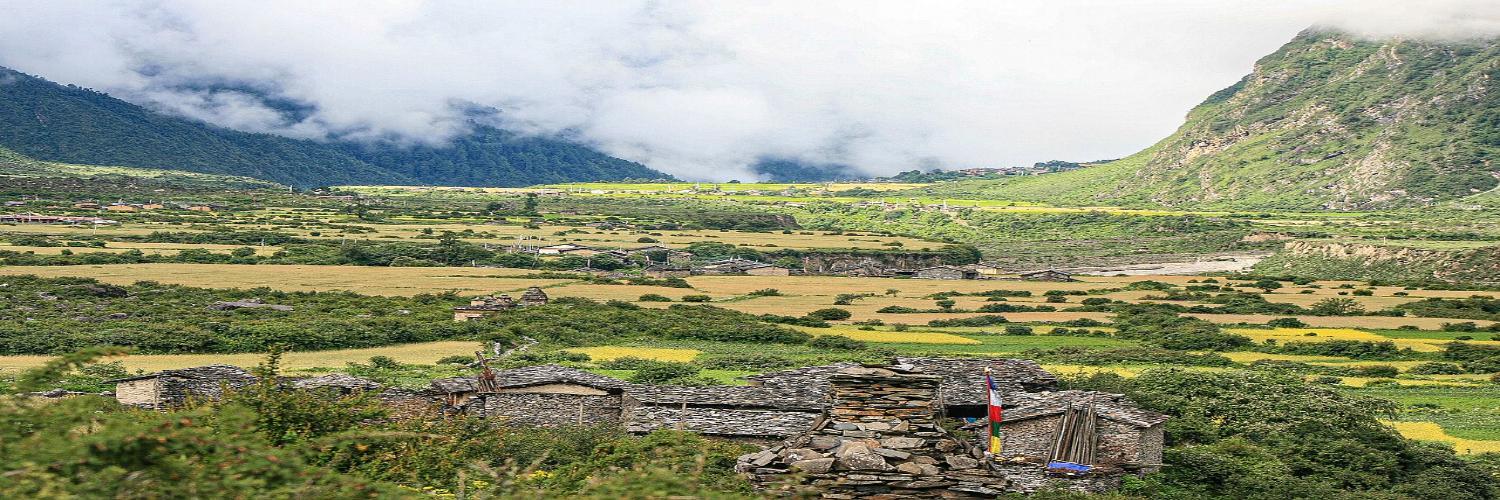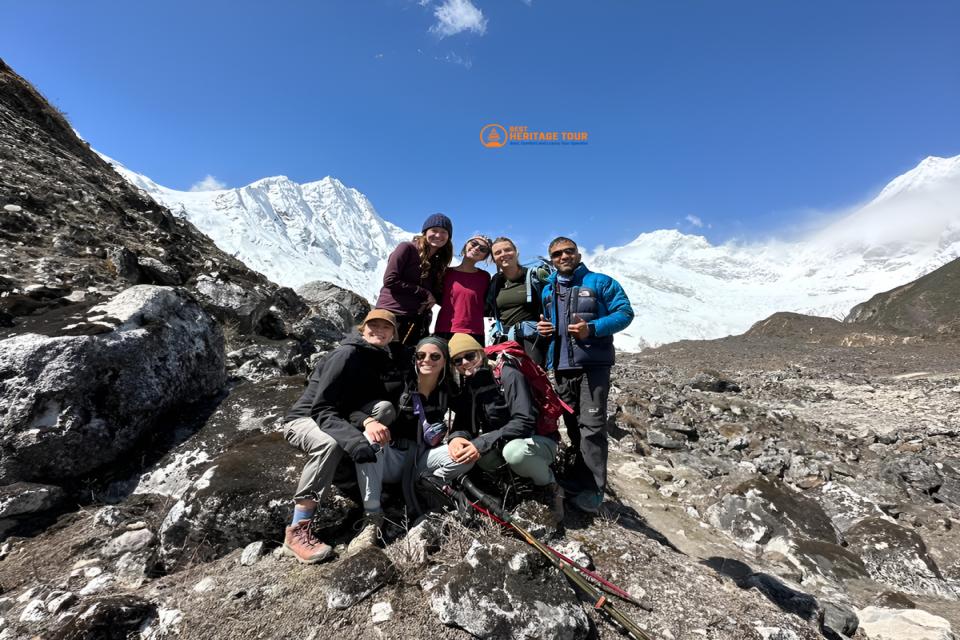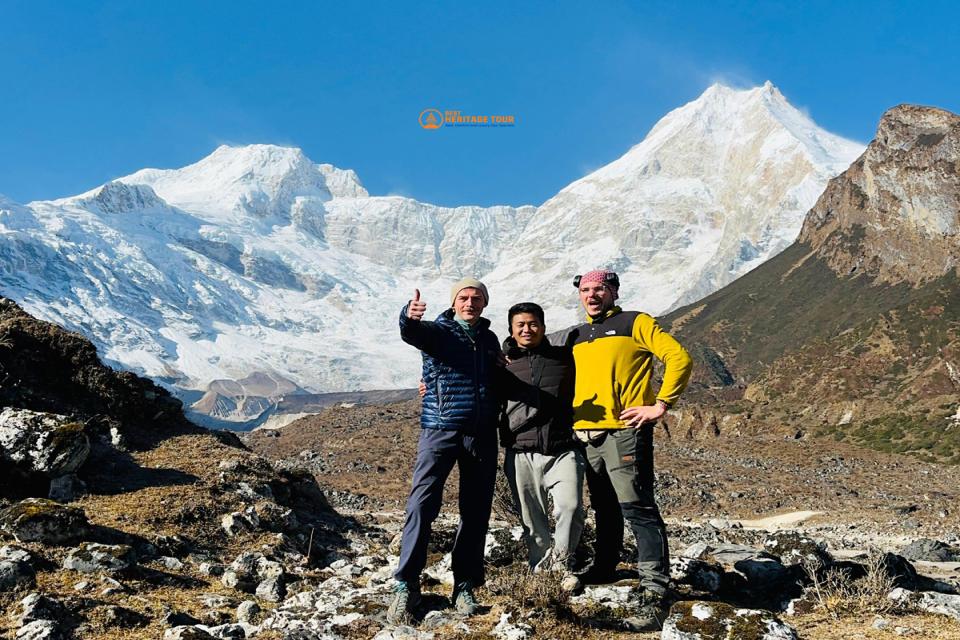Tucked away in the northern part of Nepal’s Gorkha District, Tsum Valley remains one of the least explored and most enchanting corners of the Himalayas. Often overshadowed by more famous trekking routes like Everest and Annapurna, Tsum Valley offers an authentic and raw Himalayan experience that few have witnessed. It’s a place where rugged mountain landscapes, ancient Tibetan Buddhist culture, and welcoming remote communities come together to form a unique trekking destination.
In recent years, as trekkers seek less crowded paths and deeper cultural immersion, the Manaslu Circuit with Tsum Valley trek has gained popularity - yet it retains its off-the-beaten-track charm. The valley’s isolation has preserved its environment and traditions, making it a living museum of Himalayan life.
This guide will answer the key question: Where is Tsum Valley? and provide detailed insights about its location, culture, what to expect, and how to plan your adventure.
Geographic Location and Overview
Tsum Valley lies within the Manaslu Conservation Area, stretching approximately 65 kilometers north of the Budhi Gandaki River. It borders the Tibetan Autonomous Region of China and is flanked by majestic Himalayan peaks such as Ganesh Himal and Himalchuli. The valley’s elevation varies from around 1,900 meters in the lower settlements to over 5,000 meters near the high mountain passes.
Historically, Tsum Valley was a restricted area, closed to outsiders until 2008. This limited access has preserved its pristine natural environment and vibrant cultural heritage, making it one of Nepal’s most untouched and culturally rich Himalayan valleys.
Here are some quick location facts to help you get your bearings:
-
Country: Nepal
-
Province: Gandaki Province
-
District: Gorkha
-
Altitude: Approximately 1,900 m (lower valley) to over 5,200 m (upper passes)
-
Coordinates (approx): 28.57°N, 85.04°E
Cultural Significance and Heritage
Tsum Valley is renowned for its deeply Tibetan Buddhist culture. It is believed to be a sacred place for meditation and spiritual practice, with many ancient monasteries, stupas, and meditation caves dotted throughout the region.
The locals, known as Tsumbas, speak a dialect influenced by Tibetan language and maintain traditional lifestyles based on farming, yak herding, and spiritual devotion. Visitors can witness age-old festivals, religious rituals, and daily customs largely untouched by modernization.
How Does Tsum Valley Fit into the Manaslu Circuit?
The Manaslu Region and Trekking Overview
The Manaslu Circuit Trek circles around Mount Manaslu, the eighth highest mountain in the world at 8,163 meters. It is one of Nepal’s last great trekking frontiers, offering a blend of challenging mountain terrain, cultural richness, and spectacular scenery.
Tsum Valley is a special side route branching off the main circuit, allowing trekkers to explore a secluded Himalayan valley and experience a distinct cultural landscape.
Trekking Routes Including Tsum Valley
-
Full Manaslu Circuit with Tsum Valley: Starting from Soti Khola, trekkers pass through Machha Khola, Jagat, and then take a detour into Tsum Valley before rejoining the main circuit.
-
Dedicated Tsum Valley Trek: For those with limited time or focused interest, a separate trek explores the valley itself, with highlights including Mu Gompa monastery, Chhokang Paro, and Nile village.
Trek Difficulty and Duration
-
The full circuit with Tsum Valley typically takes 18-22 days.
-
The dedicated Tsum Valley trek can be completed in about 8-12 days.
-
Moderate to challenging terrain with river crossings, gradual altitude gain, and some steep sections.
Why Visit Tsum Valley? The Allure of a Himalayan Hidden Gem
Rich and Unique Culture
Tsum Valley’s Tibetan Buddhist heritage is a major draw. Festivals such as Dhaiju and Lhosar showcase colorful dances, rituals, and spiritual ceremonies. Ancient monasteries like Mu Gompa offer a glimpse into monastic life, while meditation caves connect visitors to centuries of spiritual practice.
Pristine Natural Beauty
Surrounded by rugged peaks, alpine meadows, and dense forests, the valley is a haven for nature lovers. Rare Himalayan wildlife like snow leopards, red pandas, and musk deer inhabit the region, alongside abundant birdlife.
Authentic Trekking Experience
Compared to crowded trekking areas, Tsum Valley offers solitude and an uncommercialized trekking experience. Villages remain traditional, lodges are simple, and the pace of life is slow and welcoming.
How to Get to Tsum Valley?
Starting Points and Access Routes
Most trekkers begin their journey in Kathmandu, Nepal’s capital, then travel by road to Soti Khola or Arughat, the gateway towns to the Manaslu region. From there:
-
Jeep or bus rides lead to trailheads such as Soti Khola or Machha Khola.
-
The trek then follows footpaths alongside rivers, through forests and farmland, before entering the valley.
Permits Required
-
Restricted Area Permit (RAP): Needed to enter the Manaslu region and Tsum Valley.
-
Annapurna Conservation Area Permit (ACAP): Required for trekking in the conservation area.
-
Permits are obtained through authorized trekking agencies like Best Heritage Tour or local government offices.
What to Expect on Your Trek to Tsum Valley
Terrain and Difficulty
-
Diverse landscapes from subtropical to alpine zones.
-
Moderate altitude gain with some steep climbs and river crossings.
-
Some rugged and remote trail sections.
Accommodation and Facilities
-
Simple teahouses and lodges with basic amenities.
-
Limited electricity and internet access; good to be prepared for rustic conditions.
-
Local food includes dal bhat, momos, and Tibetan-style noodles.
Wildlife and Flora
-
Possibility to spot rare Himalayan wildlife including musk deer, Himalayan blue sheep, and various bird species.
-
Rhododendron forests in spring, alpine meadows, and river valleys.
Cultural Interactions
-
Warm hospitality from Tsumba people.
-
Opportunities to visit monasteries, prayer wheels, and traditional homes.
-
Festivals and local markets along the route.
Conclusion: Embark on a Journey to the Untouched Beauty of Tsum Valley
Tsum Valley remains one of Nepal’s best-kept secrets - a sanctuary where breathtaking Himalayan landscapes meet a rich tapestry of ancient culture and spirituality. Its remote location and preserved traditions make it an unparalleled destination for trekkers and travelers who crave authenticity, adventure, and meaningful connection.
Whether you’re seeking serene mountain vistas, vibrant Buddhist heritage, or simply the joy of exploring a trail less traveled, Tsum Valley promises an experience that will stay with you long after the trek is over.
Planning your journey into this hidden gem requires expertise, local knowledge, and reliable support. That’s where Best Heritage Tour comes in. With years of experience guiding adventurers through the Manaslu region and Tsum Valley, we ensure your trek is safe, comfortable, and culturally enriching.
Ready to discover Tsum Valley?
Contact Best Heritage Tour today and take the first step toward your unforgettable Himalayan adventure.
Visit: www.bestheritagetour.com
Email: mailto:info@bestheritagetour.com / bestheritagetour@gmail.com
Phone/WhatsApp/Viber: +977-9851149197
Office: Thamel Marg, Kathmandu, Nepal
Let us help you unlock the secrets of the Himalayas - one step at a time.
Author: Best Heraitage Tour
Date: 5th August, 2025



